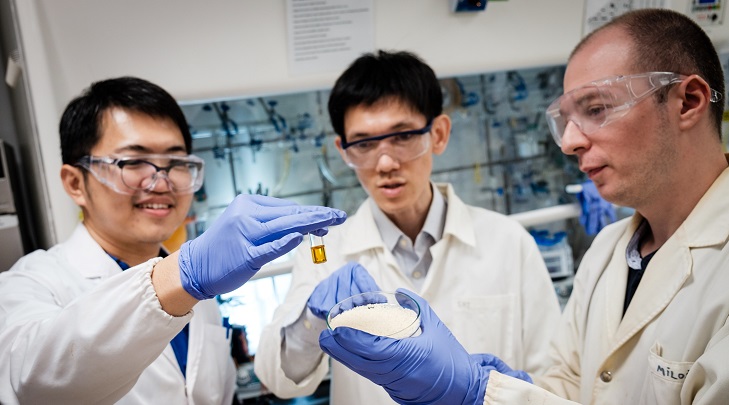Chemists at Nanyang Technological University, Singapore (NTU) have discovered a method to turn plastic waste into valuable chemicals by using sunlight.
In Singapore, most plastic waste is incinerated, producing greenhouse gases such as carbon dioxide. The leftover mass-burn ash is transported to the Semakau landfill, which is estimated to run out of space by 2035.
In lab experiments, the research team at NTU mixed plastics with their catalyst in a solvent, which allows the solution to harness light energy. The dissolved plastics is converted into formic acid, a chemical used in fuel cells to produce electricity.
Led by NTU Assistant Professor Soo Han Sen from the School of Physical and Mathematical Sciences, the team made their catalyst from the affordable, biocompatible metal vanadium. The material is commonly used in steel alloys for vehicles and aluminum alloys for aircraft.
“We aimed to develop sustainable and cost-effective methods to harness sunlight to manufacture fuels and other chemical products,” said Asst Prof Soo. “This new chemical treatment is the first reported process that can completely break down a non-biodegradable plastic such as polyethylene using visible light and a catalyst that does not contain heavy metals.”



